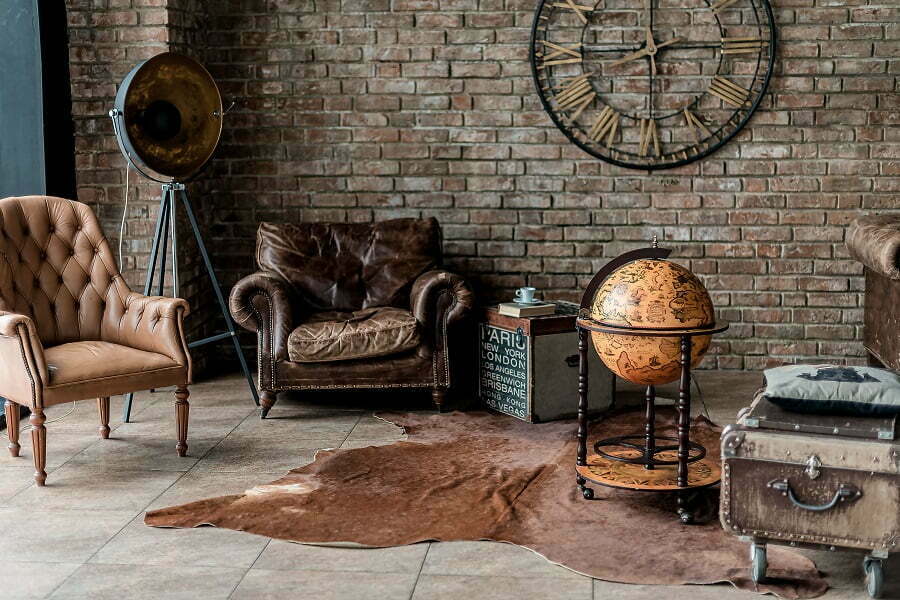Last updated on
Here are six things to look for when buying antique furniture to make sure you’re getting an authentic item. Read on!
Buying furniture can be very stressful, and especially when you need to pick from objects that are much older than you are. When picking antique furniture, there are many things that you need to keep in mind and if you are not experienced, you can get yourself into a lot of problems.
The following are some tips for you to consider when you want to buy antique furniture.
Legitimacy

Nowadays, it is very hard for the ordinary eye to spot whether something is real or not. Although many like to portray themselves as being experts, most of us aren’t. You can see here how real antique furniture should look as there are many forgers out there and it is sometimes very hard to tell the difference between a fake and a real item, thus when you want to buy antique items, it is probably best to ask for an opinion from an expert. If the seller has a certificate, you should also get it checked just in case.
Check the Construction
If you’re looking to buy antique furniture, you’ll want to know how it’s put together. You should be on the lookout for indicators of high-quality workmanship. Check the sides of any drawers for dovetail joints. If you don’t see any, the piece is likely held together with modern nails and glue. If you see dovetailing, it’s likely the piece was made by hand. If the joints appear to be excessively flawless, the object may have been machine-made. The presence of minor imperfections in the fittings is a promising indicator. Check to see if the frame is sturdy and well-built. If a chair wobbles, for example, the joints may need to be re-glued or fixed.
Look for Damage
Unfortunately, time and improper maintenance may cause an antique to deteriorate. Before giving over your money, you should check your item attentively. To begin, make sure your antique has all it needs. Are there any missing drawers? Is there a void that should be filled with something?
The next step is to thoroughly examine your goods. Different types of furniture deteriorate in various locations. Heavier things, for example, may have been dragged rather than lifted throughout time. They might have also been standing in wet circumstances, which can cause decay in the legs and feet.
Get down and inspect the feet and bottom of the item, since this might create strain or damage. Look for indications of woodworm infestation. If you notice tiny holes strewn throughout the item, it’s most certainly an indication of woodworm. Make sure the item has been treated before bringing it into your house, as it may spread to other items.
Look for Replacements
When buying antique furniture, you should try to choose something entirely unique. That implies you won’t be able to use any modern add-ons. It’s possible that an old bolt was replaced with a newer one, or that a new drawer was fitted.
Is it true that the handles have been replaced? Examine each item carefully to ensure that it is an authentic antique. If some piece of the furniture looks as if it does not fit the rest of the piece, it is most likely the case that it doesn’t belong to the original construction.
Look for Label
You should look for a label, stamp, or signature throughout your evaluation of the object. If you’re lucky enough to come across one, you might be able to figure out who manufactured it. You might also be able to learn more about its past. A good signature can expose information such as who, how, where, and when.
Check behind the item and around the lower borders, as well as the back and undersides of drawers. You could come across something, but labels and signatures can be faked as well. Look for the label to have a comparable amount of wear, and feel the paper to determine whether it is old. Stamps and labels began to appear on furniture in the nineteenth century, so don’t expect to see them on older items. So, if you think the antique you’re looking at is older, keep that in mind.
Watch Out for Reproductions
Due to the high demand for antique furniture, many fakes have appeared on the market, and they may occasionally pass for the real thing. You’ll need your magnifying lens and some serious detective work to ensure you’re getting authentic antique furniture rather than a knock-off. Look for evidence of wear and tear on the item. If there’s a smidgeon of it here and there, it may be an older work. Dirt in the corners of drawers, which indicates age, should also be looked for.
Buying antique furniture can be a great addition to your home and for some, it is also interesting to look into the history of the piece and to inspect it. Hopefully, these tips will help you with what to look for.
Recap:



